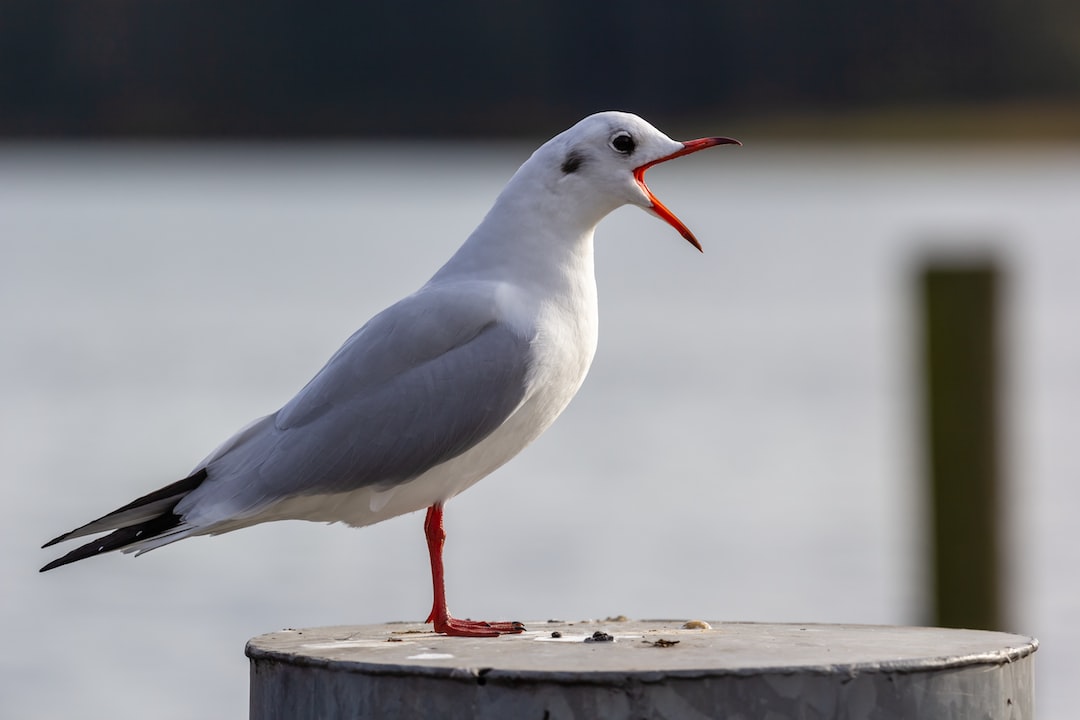The Fascinating Journey of Salmon: From River to Ocean and Back
Salmon have been intriguing creatures since time immemorial. Known for their remarkable journey from freshwaters to the vast ocean and back, these fish have baffled scientists and captivated the imagination of people worldwide. The annual migration of salmon is a truly awe-inspiring phenomenon, demonstrating their resilience and adaptability to nature’s challenges.
The journey of salmon begins in rivers and streams, where they hatch from eggs laid in gravel beds by adult salmon. Here, the young fish, known as fry, spend their early days feeding on tiny organisms and growing stronger. As they mature, they undergo a physical transformation and develop the ability to survive in saltwater, preparing them for their transition to the ocean.
When the time is right, usually after one to three years, the now resilient smolts make their move towards the ocean. Navigating through narrow passages and cascading streams, the young salmon face numerous predators and unforgiving environmental conditions. Their incredible instincts, combined with an inborn sense of direction, help them find their way to the open sea, where they will face a completely different set of challenges.
The ocean phase of the salmon’s journey is marked by rapid growth and intense competition for food. These fish, depending on the species, can spend anywhere from a few months to several years in saltwater environments. During their time at sea, they are constantly on the move, utilizing the vast ocean currents to their advantage. Their diet consists of various marine organisms, including krill, shrimp, and small fish.
While in the ocean, salmon undergo significant physical changes, such as the enhancement of their muscles and adaptation to osmotic changes in saltwater. These adaptations ensure their survival and enable them to swim thousands of miles during their journey. However, their time in the ocean is not solely about growth; it is also a time of preparation for their inevitable return to their spawning grounds.
As the end of their ocean phase approaches, salmon follow an extraordinary instinct that guides them back to their natal rivers. This homing instinct is a marvel of nature, as they navigate through vast open waters, sometimes covering thousands of miles, to find the very stream they were born in. This journey is filled with dangers, from predators to man-made obstacles such as dams and pollution. For those lucky enough to survive the treacherous voyage, their arrival at their birthplace is a triumphant moment.
Upon reaching their home river, adult salmon face their final and most challenging task – the act of spawning. They use their remaining energy reserves to swim upstream against powerful currents, leaping over obstacles and enduring physical exhaustion. The female salmon digs a nest, called a redd, in the riverbed, while the male fertilizes the eggs externally. Once the female deposits her eggs, she carefully covers them with gravel, providing protection against predators and ensuring the survival of the next generation.
After spawning, the adult salmon’s journey comes to an end, with most of them succumbing to the physical toll of their incredible journey. However, their heroic sacrifice ensures the survival of their offspring and the cycle of life to continue.
The journey of salmon from river to ocean and back is a testament to the resilience and adaptability of these remarkable creatures. Throughout the different phases of their lives, they overcome daunting obstacles and embody the miracle of nature. We should marvel at their incredible journey and recognize the importance of preserving their habitats and safeguarding their existence in the face of numerous threats. The fascinating odyssey of salmon serves as a poignant reminder of the interconnectedness of all life forms and our responsibility to protect our planet’s biodiversity.
